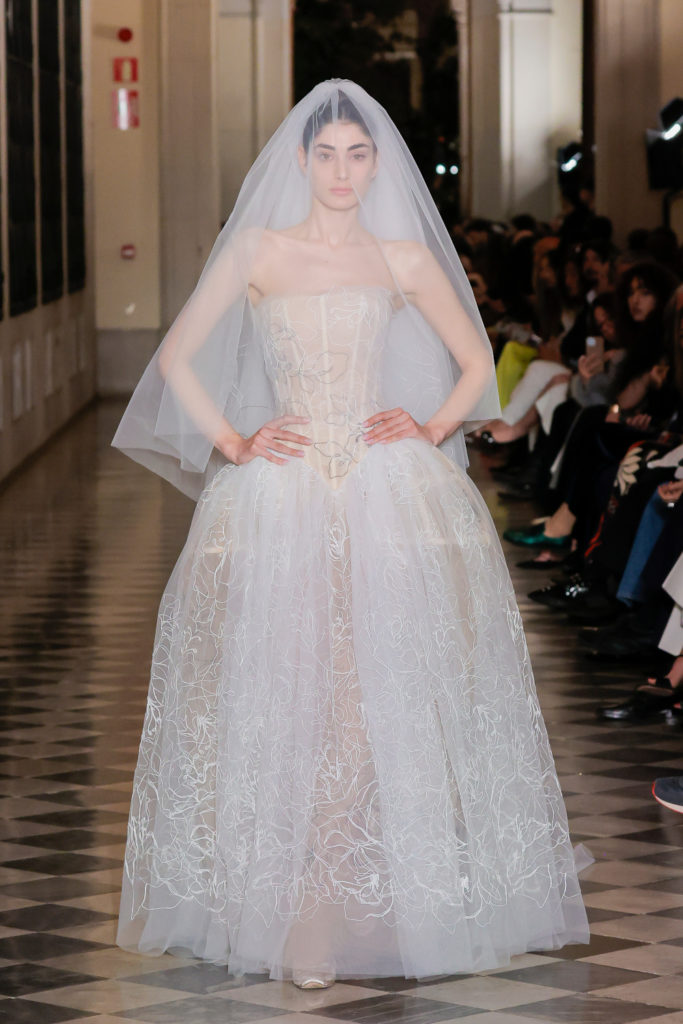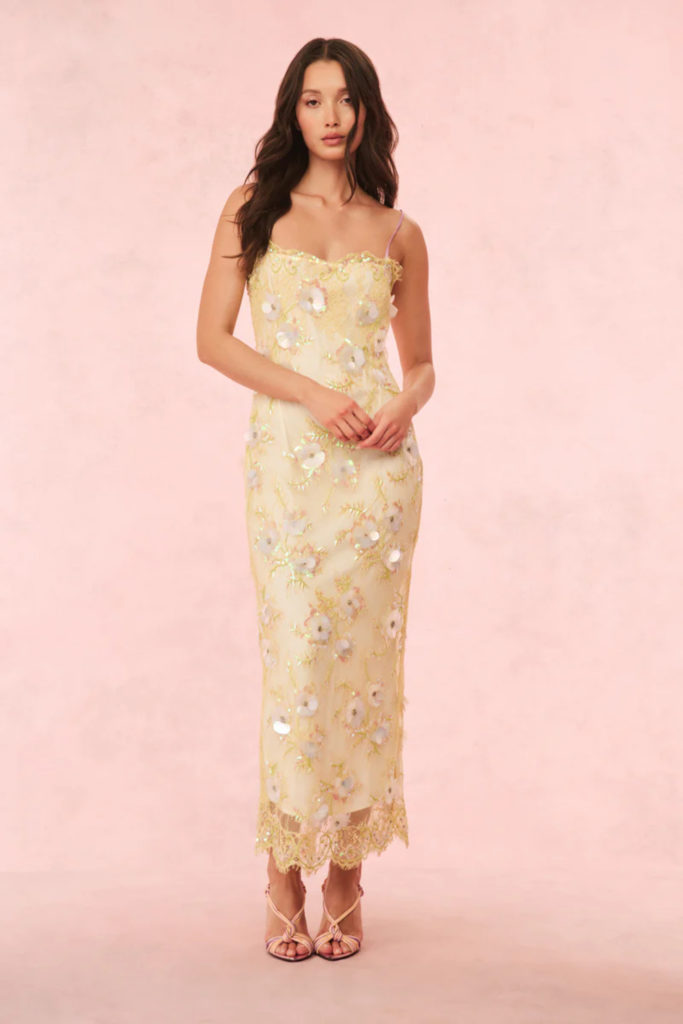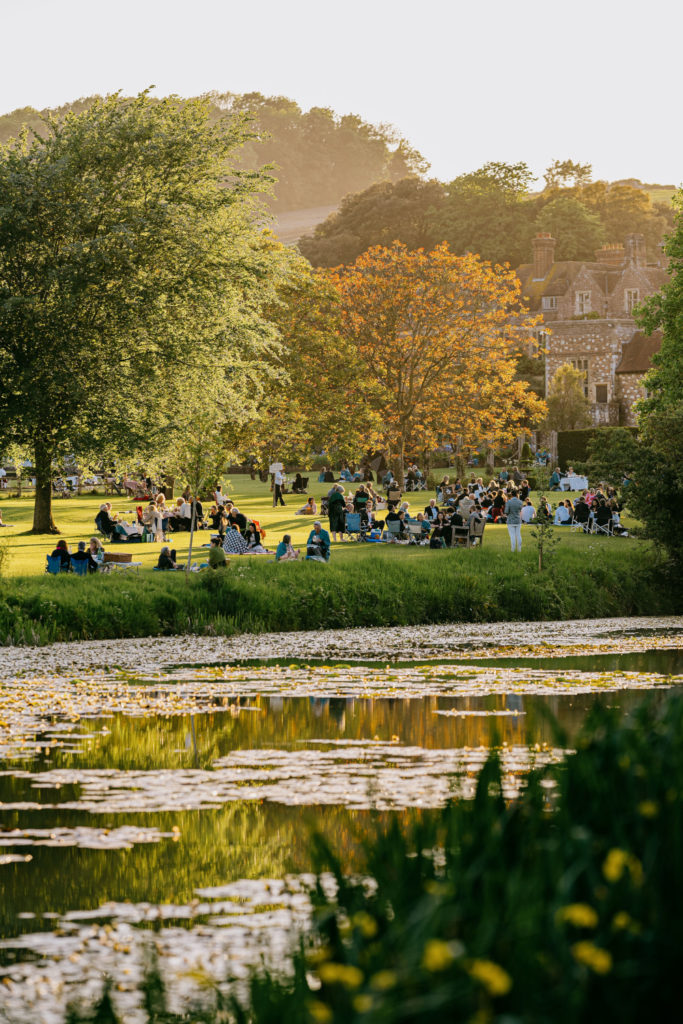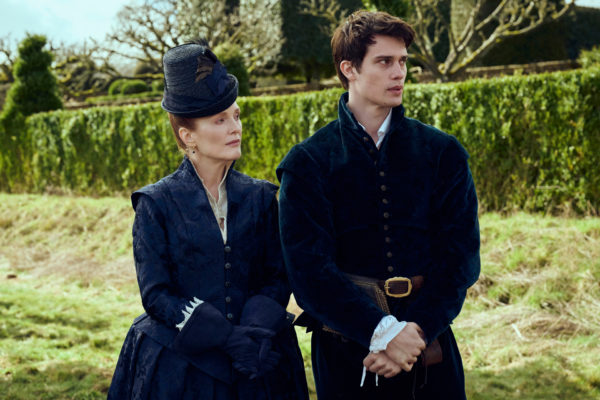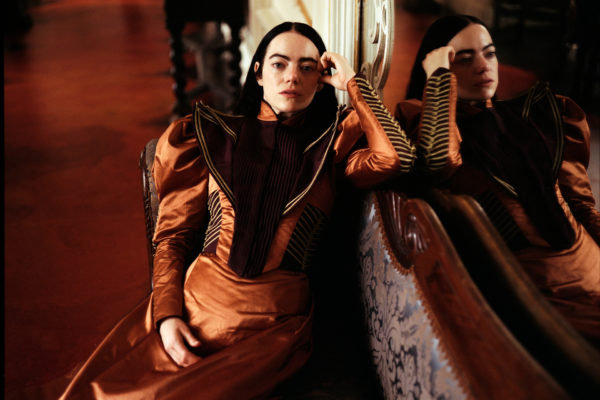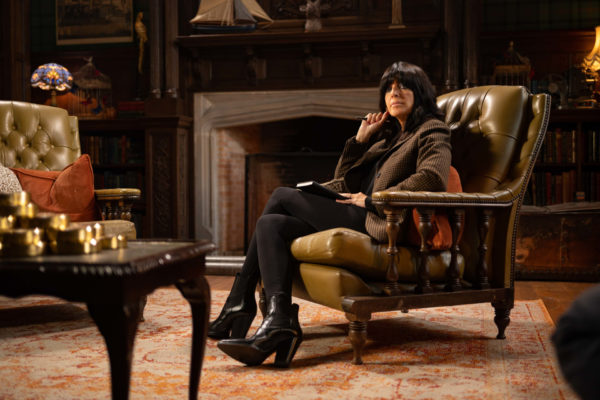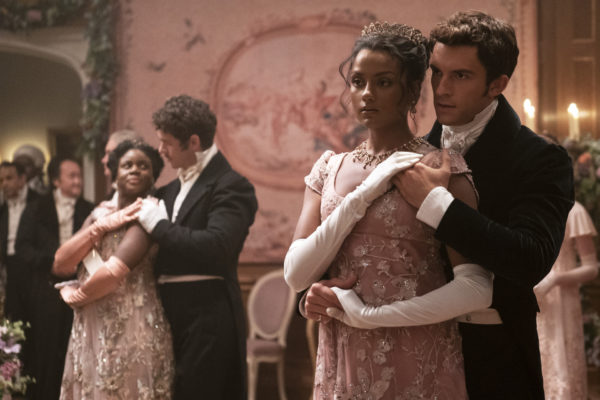How To Channel A Romantic Jacobean Wardrobe, Courtesy Of Mary & George
By
1 year ago
Is it too early to say 'Jacobeancore'?
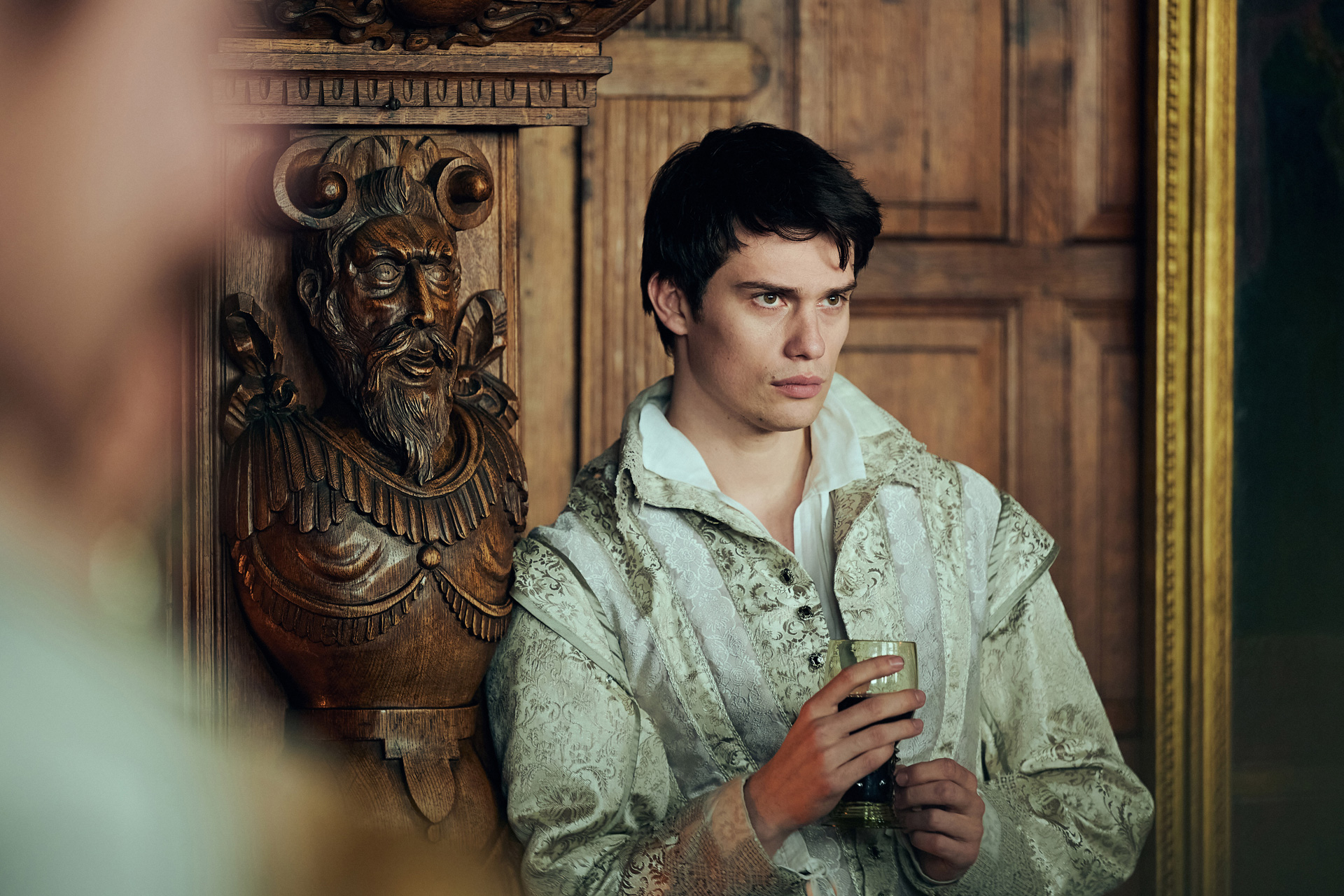
The show might not be out yet, but Sky’s Mary & George is already causing quite the stir amongst TV enthusiasts. The show, which takes audiences back to Jacobean England and the court of King James I, has been dubbed a daring historical psychodrama with overarching queer themes – so, of course, we’re already hooked. But it’s the sneak peek of the costumes, which see characters in their finest courtly regalia, that have our interests piqued. Ahead of Mary & George‘s release in March, we take a look at how the show interweaves historical accuracy with romance and seduction – and give you the lowdown on how to emulate its style for modern day.
What Is Mary & George About?
Based on the 2017 book The King’s Assassin by Benjamin Woolley, Mary & George tells the story of George Villiers (played by Nicholas Galitzine) and his rise to power through the seduction of King James I. Helped by his mother Mary Villiers (a role taken up by Hollywood legend Julianne Moore), the series sees their plot to attain power unfurl within the Jacobean court. According to Sky, the broadcaster behind the show, Mary & George is based on a true story that took place in the English court in the years leading up to the Civil War.
You can read more about what to expect from the show in our guide here.
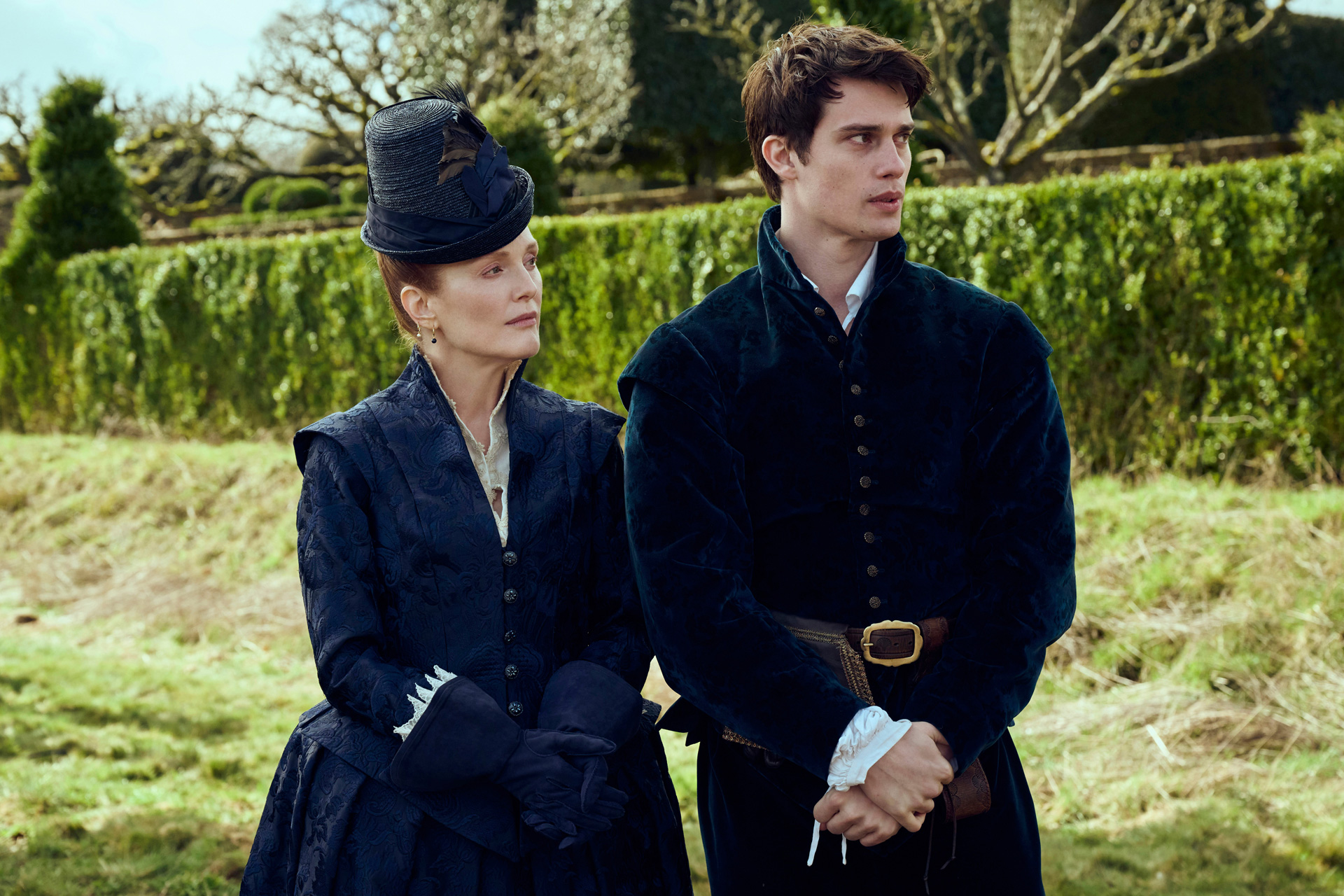
SKY UK
Who Designed The Costumes For Mary & George?
Costume designer Annie Symons – whose work you will have seen recently in My Policeman – created all of the costumes for the series. Symons is no stranger to a good period wardrobe, having worked across projects that span from Arthurian knights to Edwardian ghosts, so taking up the challenge of recreating the Jacobean court’s fashion landscape for Mary & George fell neatly within her skillset.
What Was The Fashion In Jacobean Courts?
In one word: flamboyant. The court of James I was characterised by performance and pageantry, with the wealthy encouraged to show off their assets through the clothing and jewellery they wore. While the working classes of the era stuck to locally made clothing made from cheaper materials like linen, wool and leather, the upper classes could be found in more sumptuous fabrics decorated in rich colours and heavy embellishments.
From what we’ve seen of Mary & George so far, it appears that Symons has adhered to many of the era’s style rules – while leaning into themes of opulence and peacocking to enhance the show’s drama.
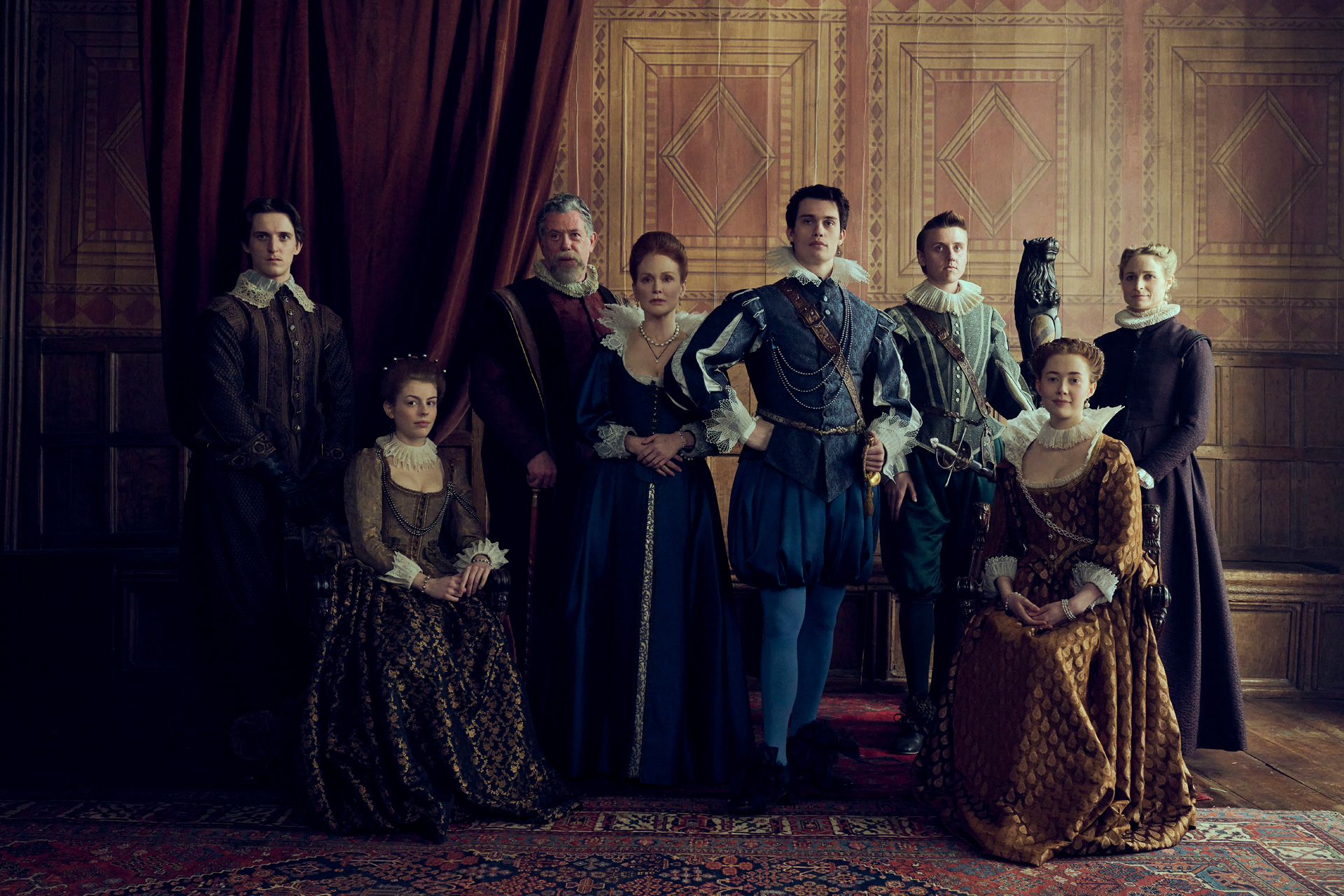
SKY UK
How To Emulate Mary & George Style Today
If you’re looking to bring a little Jacobean glamour to your daily wardrobe – without looking like you’re heading to renaissance fair – then there are a few fashion tenets you can adhere to. From brocade to pearls, here’s how to emulate the style of Mary & George:
Embellished Fabrics
One of the most prominent style trends within the court of James I was decorated fabrics, especially those that featured strawberries, rosehips, carnations, thistles and other floral elements. Brocade, a rich silk fabric with raised patterns in gold and silver, was especially prominent in men’s clothing – particularly doublets – as a means of reflecting one’s wealth.
This is quite an easy one to emulate at home; you can pick up clothes with floral motifs quite easily today, and (if brocade isn’t forthcoming) add a bit of bling with the aid of pins and brooches. You’re most likely to get the best Jacobean-inspired printed fabrics from the likes of Liberty.
Pearls
Did you see the little pearl earring worn by George in the series’ teaser trailer? While we know women of the time wore jewellery in a more maximalist fashion – think long gold chains, 3D pendants and strings of baroque pearls – it’s noted that men also leaned into the trend. One of the most famous men of the era, William Shakespeare, is documented in portraits donning the same fashion as George; wearing a pearl earring as a man in Jacobean England was a bold fashion statement that reflected a sense of maverick and adventure, without being forcibly eccentric.
It’s quite fitting that, today, pearl jewellery is considered one of the bigger trends in men’s fashion. You can shop our edit of men’s pearl jewellery here, or seek out our list of gender neutral jewellers here.
Statement Collars
Yet another social status symbol in Jacobean England, ruffs and lace collars were extremely popular amongst wealthy courtiers. Constructed from stiffened linen or lace, the trend carried over from the Elizabethan era and is said to have become increasingly outlandish over time, to the point where many required wire supports. Some of the most popular styles of the time included round ruffs, soft and falling ruffs and stiff collars supported by a frame.
For the show, we’ve noticed that Symons has kept up with the fad of lace, ruffs and wired collars, but adopted a slightly more modern take when it comes to Mary’s wardrobe. As we can see in the teaser, she’s sometimes dressed in collars made up of long, pointed petals – which we imagine reflect the ‘innocent flower, serpent under’t’ facet of her character.
This might be a little trickier to pull off with the modern wardrobe, but we imagine it would look amazing with evening dress at black tie events. For a more mellow, everyday look, opt for a funky collar that maybe gives a shirt or dress a more sculpted appearance – and don’t forget the lace.
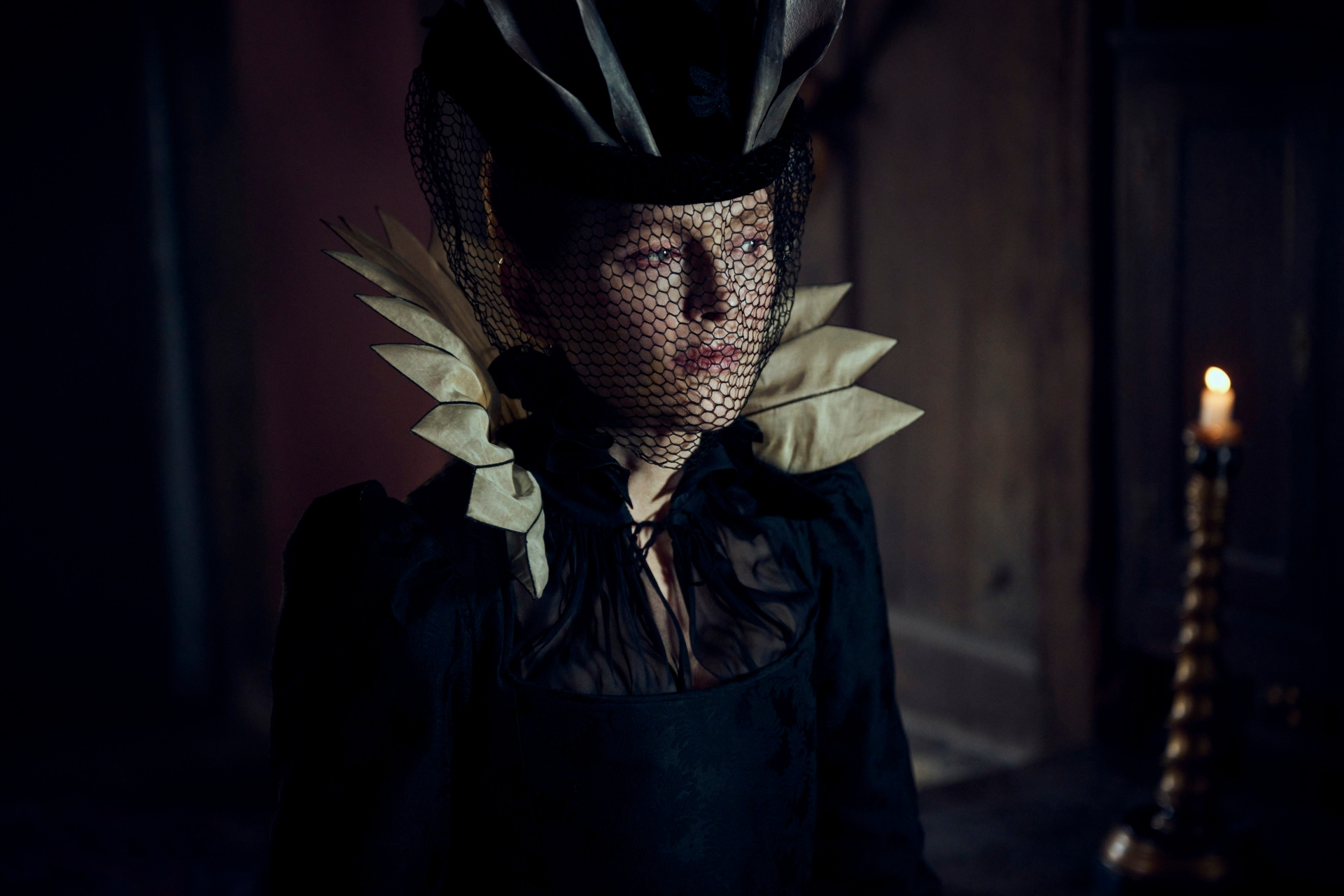
SKY UK
Corsets
And then there’s the corset. A massive trend amongst women in the Jacobean era, corsets were often worn with wide dresses and peeking underskirts – and spanned from the shoulders to the waist to give the torso a more tapered shape, no doubt offset by the mass of skirts below.
Lucky for us, corsets are very much in fashion right now, although they tend to be worn over clothes rather than underneath them. You can lean even further into the style of Mary & George by opting for floral patterns or brocade fabrics when picking yours out.
Doublets
As for the men, it was all about the doublets. These snug-fitting jackets were a prominent style staple, and were usually crafted from luxe materials like satin and velvet. Men of the time wore theirs with a high-collared shirt that you could often seen peaking over the top of their jacket – typically in the form of a lace trim, collar or ruff.
While doublets are a little harder to come by these days, blazers aren’t. Opt for designs that are decked out in rich materials, colours and patterns, and pair them up with more opulently designed shirts to get that feeling of flamboyancy. (We’ll also let you off the breeches for now.)
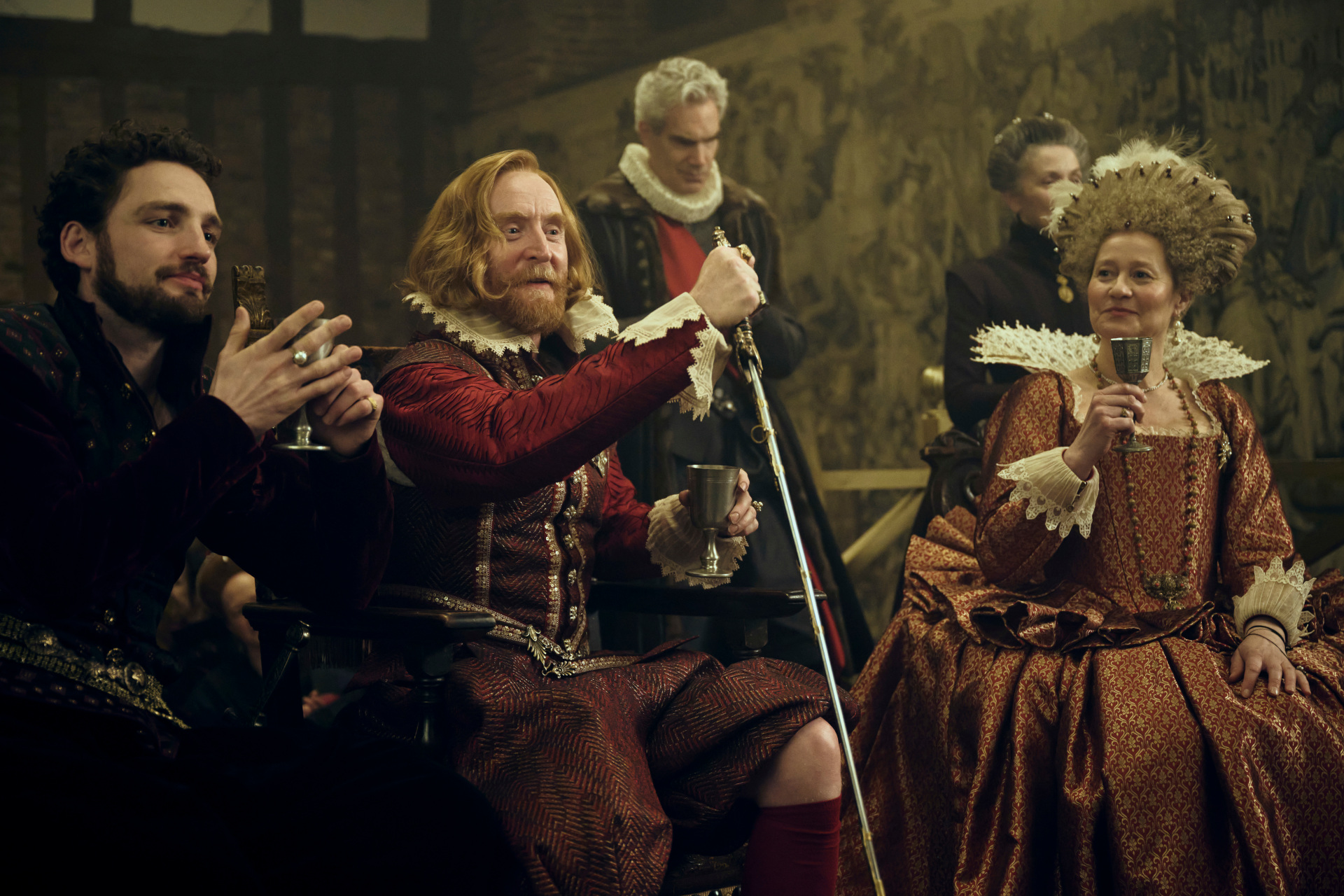
SKY UK
The C&TH Mary & George Edit
Featured image: SKY UK







